TedXTemeculaOur Executive Director, Connie Stopher CEcD, gave a TedX Talk on September 30th. Her TedTalk is now live on YouTube. If you’re looking for some inspiration on how to improve your happiness, this is worth a listen. November Board MeetingWe kicked off the month with a collaborative working board meeting, we worked together to develop our strategic plan further. A huge focus at the EDC is getting our organization accredited by the International Economic Development Council (IEDC). We will continue that work in future meetings. Thank you to everyone who participated! 2nd Annual FAM Tour We hosted our Second Annual FAM Tour. Thank you to all our community partners who made this event so special. We hosted two of the country’s top site selectors and took them on a bus tour through our entire region. Thank you to our event sponsors, Toll Road of Orange County, Pechanga Development Corporation, and SoCal Gas. Taiwan Trade MissionNovember has been such an exciting time for the EDC. Our Executive Director, Connie Stopher CEcD, had the honor of being invited to Taiwan to meet with Taiwanese businesses interested in entering the US market. Connie had a great trip meeting with several businesses. "I had the great opportunity to meet with businesses in a variety of sectors. Each of the businesses are interested in entering the U.S. market and California is very attractive to them. One of the most valuable outcomes of the visit though was the development of relationships with some of Taiwan’s top incubators and accelerators and the American Institute in Taiwan (AIT). Each expressed interest in forming partnerships to continue to introduce their companies directly to us as well as provide opportunities for our local businesses that need assistance with entering the Asian market. This type of partnership will hopefully develop a new business pipeline that will extend far beyond the this visit. Thank you to our members and partners who make the work of the EDC possible!!” - Connie Stopher CEcD, EDC Executive Director San Marcos Inaugural Innovation Event While Connie was in Taiwan, our marketing specialist Leah attended the Cal State San Marcos Inaugural Innovation Showcase on November 16th. The Showcase featured a variety of faculty & fellows' creative start-ups, from nursing to social enterprises. The showcase was a great opportunity to get a glimpse into what is around the corner in innovation at Cal State San Marcos. December EventsOur next board meeting will occur on December 7th from 9:00 to 10:30 am at the Temecula Valley Entrepreneur Exchange. Our guest speaker will be Jennifer Contreras from the Ontario International Airport. The next TechSouthwest meeting will take place December 12th at 3:30. In this meeting we will strategize our upcoming industry-focused Idea Exchange. We look forward to seeing you there; if you haven’t signed up already, click here. Transitional Employment ProgramRiverside County’s Workforce Development’s Newsletter is out now. Where you can learn more about the Transitional Employment Program, they are looking for employers to help further develop the workforce. The Foundation for California Community College (FCCC) will provide 100% subsidized job assistance. To learn more, click here.
0 Comments
Welcome New MemberThank you to our newest member, Rady Children’s Hospital for joining the EDC and supporting regional economic development. October Board MeetingThe October Board meeting was a great conversation. We had Aaron Hake, from the RCTC as our guest speaker. He discussed current transportation projects and the exciting projects that will be taking place in the future within the region. Aaron plans to return as regional 2024 Traffic Relief Plan is available. Mayor's Advanced Manufacturing Idea ExchangeWe partnered with the City of Menifee to host our third and final Idea Exchange for the year. This Idea exchange focused on creating a work experience pipeline for regional students. We had Valerie Backus from Murrieta Valley Unified School District, Dominic Flores from Paulson Manufacturing, and Juan Carlos Duron from Optiform. Thank you to all the attendees for contributing to the conversations and our annual sponsors JDS Creative Academy, Brookfield Properties, Menifee’s VFW Post 1956, and the Law Offices of Rosenstein and Rosenstein. Lake Elsinore State of the CityThis month we also attended the Lake Elsinore State of the City, which included a firework show, a new lake management plan to further enhance lake recreation at LaunchPointe, including fishing, swimming, and watercraft activities, and innovative homeless resources and outreach. The city also highlighted their LaunchPointe CaliSplash Waterpark, the Bobber at the Lake restaurant, and RV/ Yurt rentals. Site Selectors GuildOur Executive Director, Connie Stopher CEcD, attended the Site Selectors Guild in New Orleans, LA. She will be sharing more about that event at our November board meeting. City of Menifee State of the CityWe also attended Menifee’s State of the City Address at the new MSJC Stadium at their Menifee campus. The State of the City doubled as a party as the City celebrated its 15th Birthday. November Board MeetingOur next board meeting will take place this Thursday, November 2nd, from 9:00 a.m. to 10:30 a.m. at the Temecula Entrepreneur Exchange building (TVE2). Our November meeting will be a working meeting where we will be developing the organization’s strategic plan. Second Annual Fam TourOn November 6th-7th, we will host our second Annual “FAM” tour. The bus tour will take site selectors through the region to see our development opportunities, meet our local community leaders, and learn why this is the best region in California to bring new business. Thank you to our FAM tour sponsors, Pechanga, SoCal Gas, The Toll Roads of Orange County, and all our community partners for making this event happen. Visiting TaiwanLast month we had an exciting visit from “Project Sun”. We are working hard to finalize a location for them in the region. The Taiwanese company has invited our Executive Director, Connie Stopher CEcD, to meet with other companies who are trying to get into the US market. Connie will spend a week in Taiwan, meeting with various businesses and leaders. No November TechSouthwestDue to the busy nature of the month, we unfortunately must cancel our November TechSouthwest meeting as it collides with our Regional “FAM” tour. Our next meeting will be on December 12th from 3:30 – 4:30 p.m. at the TVE2 building. At this meeting, we will begin strategizing for our next industry-focused Idea Exchange. Contact UsConnie Stopher, CEcD Email: cstopher@edcswca.com Office: 951-694-9800 Cell: 951-557-8040 Thank you Menifee VFW Post 1956 We’d like to recognize the Menifee VFW Post 1956 for becoming a Topaz annual sponsor. We appreciate their continued support of the EDC and the region. Our annual sponsors help support our site visits, FAM tours, and more. If you’d like to learn more about becoming a sponsor, please email or call Connie at cstopher@edcswca.com or 951-557-8040. September Board Meeting RecapWe had a very productive September board meeting. Members collaborated in groups to brainstorm the mission and vision of the organization. Thank you to everyone who came and participated. We are so excited to move forward together and the organization's future. Project SunThis month, we hosted a site two visits for a Taiwanese clean energy company called “Project Sun.” The site visits were a great success, and we received very positive feedback from the company. We want to thank all our partners for making it all happen. The company was so impressed by the support they’ve received and their visit to the region that they invited Connie to Taiwan. Connie will be flying to Taiwan in November to meet and speak with other companies interested in doing business in the US. This is a great honor and an opportunity to attract more foreign direct investment into the region. International Economic Development Council's Annual Conference 2023Our Executive Director, Connie Stopher, CEcD, attended the International Economic Development Council's Annual Conference in Dallas. Connie represented the region as a guest speaker at the event. Tech Southwest We hosted our first TechSouthwest meeting back from our summer break. We had an exciting meeting discussing our upcoming Manufacturing Idea Exchange. We invite all our manufacturing and education partners to participate in this event on October 12th. Registration is open. Our next TechSouthwest meeting will be held on October 10th at 3:30 at the Temecula Valley Entrepreneur Exchange (TVE2) Building. Wildomar's State of the CityWe wrapped up the month by attending the City of Wildomar’s State of the City on September 28th. It was great to hear Mayor Joseph Morabito's address about all the exciting things going on in the City of Wildomar. The Mayor's Advanced Manufacturing Idea ExchangeOn October 12th, we will partner with the City of Menifee for our third Mayor’s Idea Exchange of the year. This month's idea exchange will focus on creating a student-to-manufacturing internship pipeline in the region. Registration is open for the event. Please reach out to Connie if you’d like to participate as a sponsor. Menifee's State of the CityWe are looking forward to next month, where we will be attending the City of Menifee’s State of the City and birthday celebration at the new MSJC Stadium on October 19th. Second Annual FAM Tour We are continuing to prepare for our second annual regional FAM tour on November 6th-7th, . “FAM tours” are known as familiarization tours where we invite site selectors from across the country from the industries we are interested in and show them everything we have to offer in this region. Last year was a great success; we are using all the feedback to improve this year. If you are interested in sponsoring this year's FAM Tour please contact Connie at cstopher@edcswca.com. October Board MeetingOur October board meeting will take place next Thursday, October 5th, at 9 a.m. Our guest presenter this month will be RCTC Deputy Executive Director Aaron Hake. He will be discussing relevant topics that impact the communities and businesses in the region, so I hope we will see you all there. If you are not a current member and would like to attend as a guest, please sign up here. Contact Us Connie Stopher, CEcD
Email: cstopher@edcswca.com Office: 951-694-9800 Cell: 951-557-8040 August Board Meeting RecapWe had our first Board Meeting back since our July break. We had the honor of having both Vice Chancellor Rodolfo Torres and Associate Vice Chancellor Rosibel Ochoa from the University of California Riverside in attendance as guest speakers. Our partnership with UCR has been a tremendous help in our foreign business recruitment efforts. We look forward to partnering more with UCR in the future. Temecula State of the CityThis month, the EDC attended the Temecula State of the City, where we heard from the Mayor of Temecula, Zak Schwank, about all the exciting updates with the city. Project Sun Site VisitIn September, we will host another site visit for a foreign company called “Project Sun.” We look forward to sharing everything our region offers with this company. This project is another connection our executive director, Connie Stopher CEcD, made at SelectUSA earlier this year in Washington D.C. Select USA proves time and time again to be a great tool in our foreign business recruitment. We can’t wait to attend SelectUSA again next year! Marketing UpdatesIn August, our marketing specialist, Leah, attended the International Economic Development Council’s Economic Development Marketing and Attraction Course on August 27th-28th. Leah will be sharing all about the course at the September board meeting. TechSouthwest After our summer hiatus, we are back with our monthly TECHSouthwest meetings. Our first meeting will be held on September 5th from 3:30- 4:30 p.m. at the Temecula Entrepreneur Exchange Building. We have many things to discuss at this next meeting, including our upcoming Manufacturing Idea Exchange event in partnership with the City of Menifee. Mayor's Advanced Manufacturing Idea Exchange September EventsOur next board meeting will be September 7th at the Temecula Entrepreneur Exchange Building at 9 a.m. This will be a working meeting to focus on topics we discussed at our board retreat in June. Please bring your ideas and collaborative spirit as we work to grow the EDC and strengthen the region together. We also look forward to attending the Wildomar State of the City in September. FAM TOURWe are working hard in preparation for our second annual regional FAM tour on November 6th-7th, which is very exciting. “FAM tours” are known as familiarization tours where we invite site selectors from across the country from the industries we are interested in and show them everything we have to offer in this region. Last year was a great success; we are using all the feedback to improve this year. If you are interested in sponsoring this year's FAM Tour please contact Connie at cstopher@edcswca.com. EDC FAM TOUR 2022 Contact UsConnie Stopher, CEcD
Email: cstopher@edcswca.com Office: 951-694-9800 Cell: 951-557-8040 1st Annual Board RetreatWe started the month reflecting on our board retreat, which took place at the end of June at Storm Stadium for our newly elected Board of Directors. The retreat was filled with great dialogue about what we want moving forward as an organization to serve our members and the region best. These conversations led to synergy and helped us define our objectives for the upcoming months and years as an organization. Project Polaris Site VisitThis month we also hosted a site visit for “Project Polaris", which is an international manufacturing company interested in bringing their first U.S location to the region . This site visit came from a connection Connie made earlier this year at SelectUSA. The site visit went very well and we received a lot of positive feedback. We'd like to thank our many partners who helped make it a success. Connie will be providing a full update at the board meeting. We are excited about more site visits with foreign companies considering locating in the region in the upcoming months. Workforce RecruitmentWe are thrilled to share that we have relaunched our workforce recruitment Google AD campaign. We previously launched the campaign for two weeks. The data from the campaign and feedback from the community have been so positive we will be sharing more about the ad results at our next board meeting presentation. August Board MeetingThe next board meeting will be on August 3rd. We will be two guest speakers from the University of California, Riverside, Rodolfo Torres, Vice Chancellor for Research and Economic Development, and Rosibel Ochoa, Associate Vice Chancellor for Technology Partnerships. We are honored to welcome them both to our meeting this month. If you are interested in attending our August board meeting as a guest, please click here. TechSouthwestOur next TechSouthwest meeting will take place on September 5th at the Temecula Valley Entrepreneur Exchange Building at 3:30. If you want to join the group, sign up here. One of our focuses of the group moving forward will be the industry-centered idea exchanges that we host throughout the year in partnership with the City of Menifee. If you are interested in identifying the needs of local businesses and growing tech in our region, then TechSouthwest is where you need to be! If you have any questions regarding TechSouthwest, please get in touch with leahs@edcswca.com Contact UsConnie Stopher, CEcD
Email: cstopher@edcswca.com Office: 951-694-9800 Cell: 951-557-8040 |



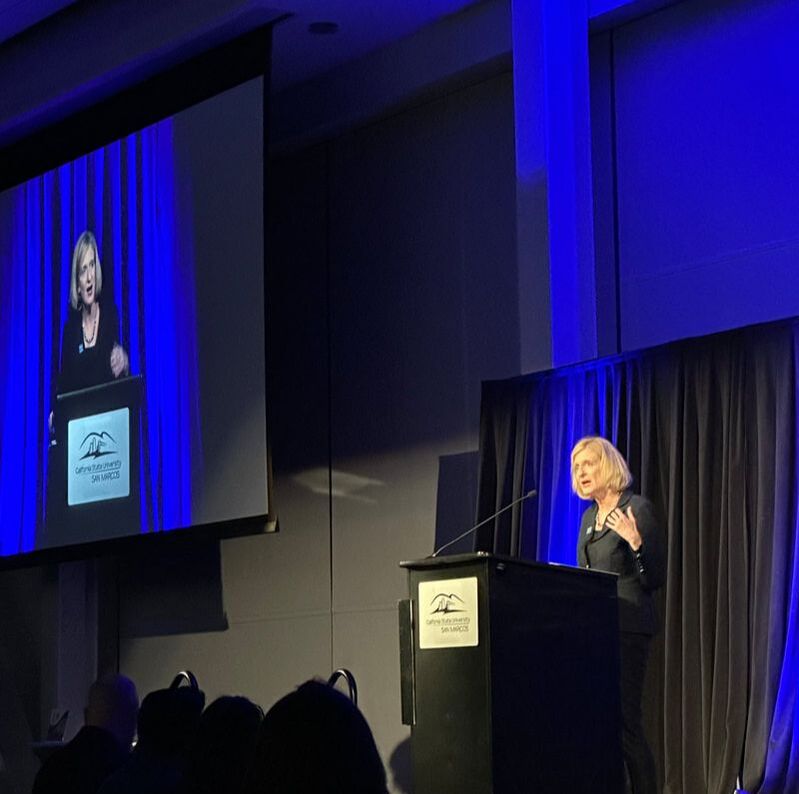

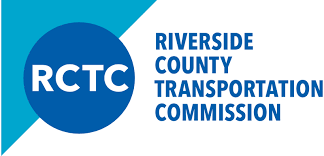
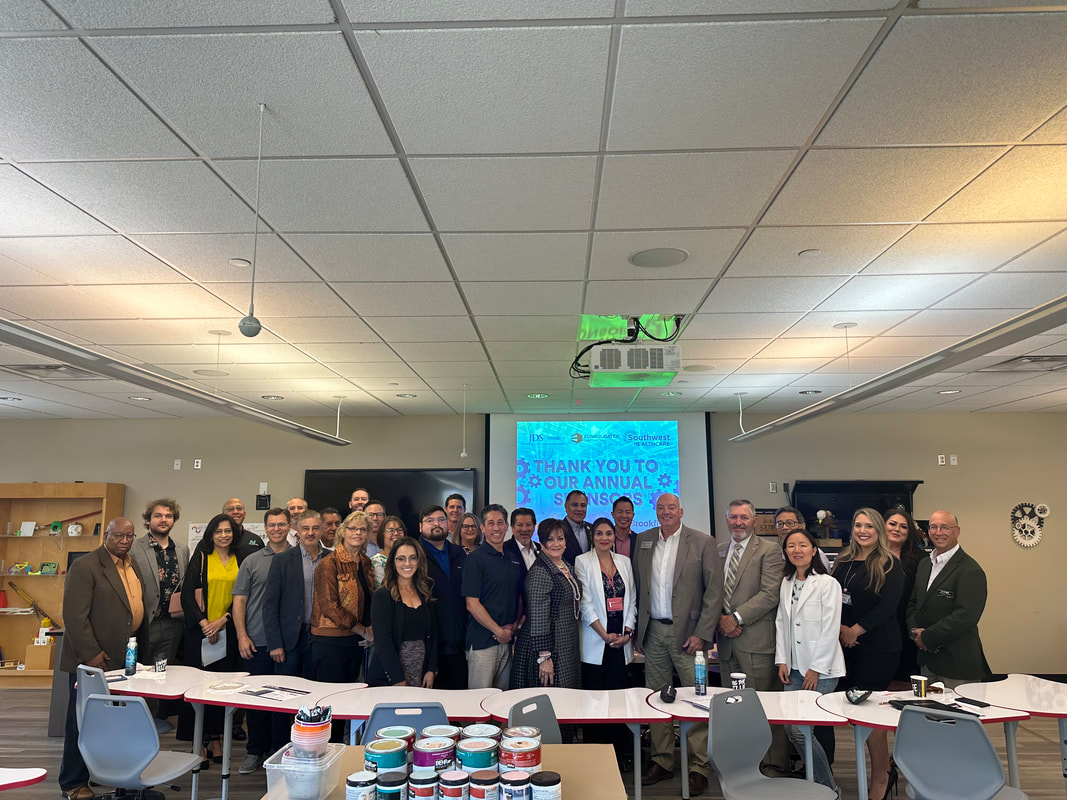







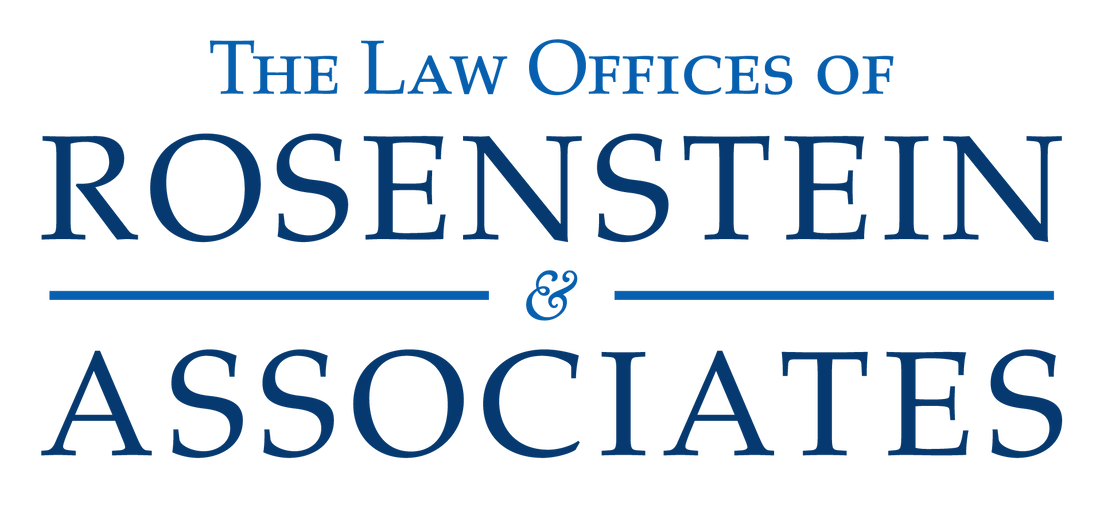






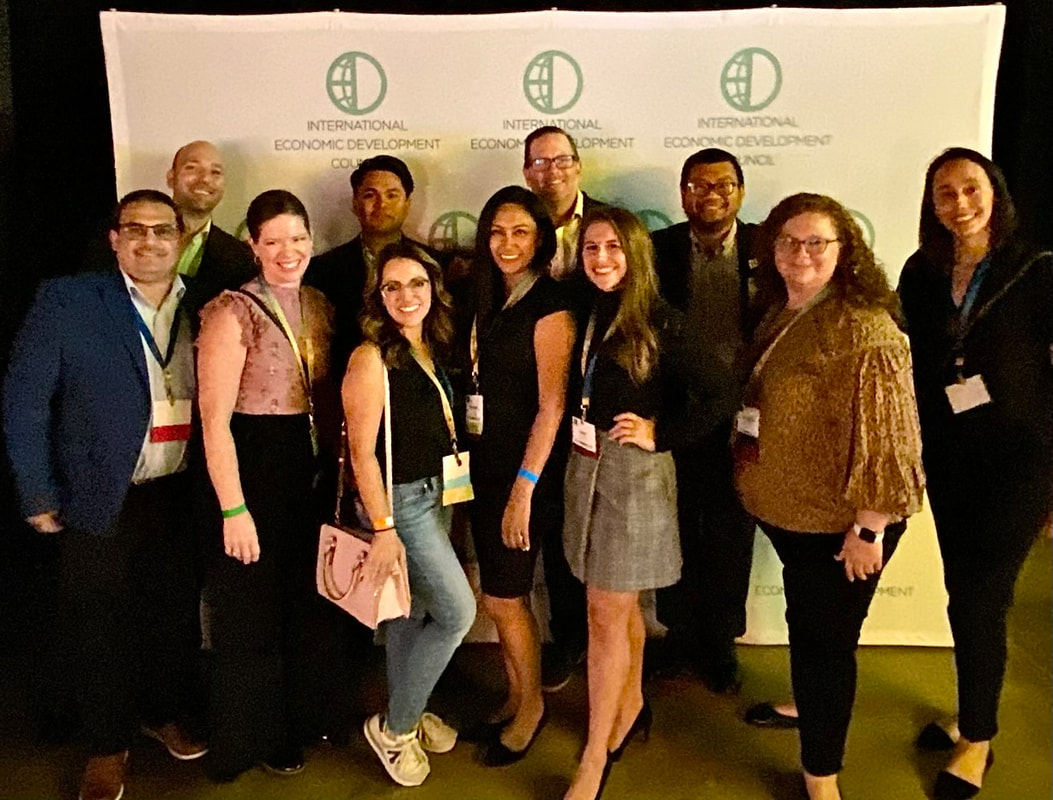
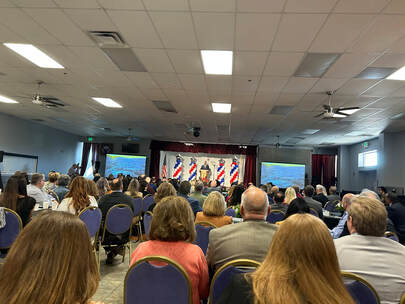










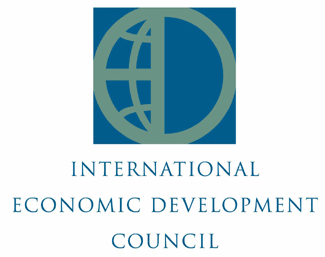
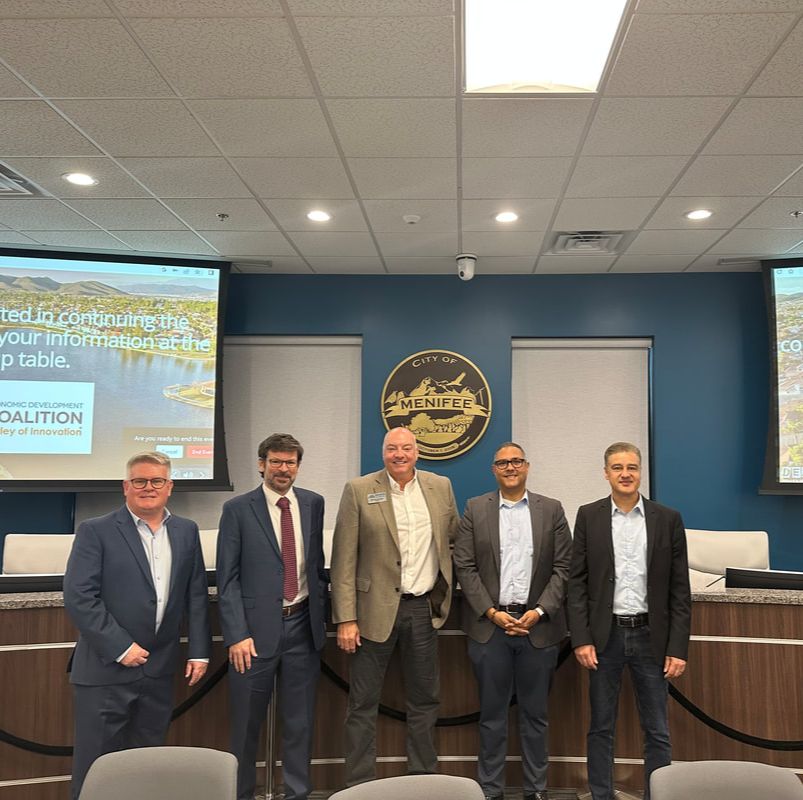
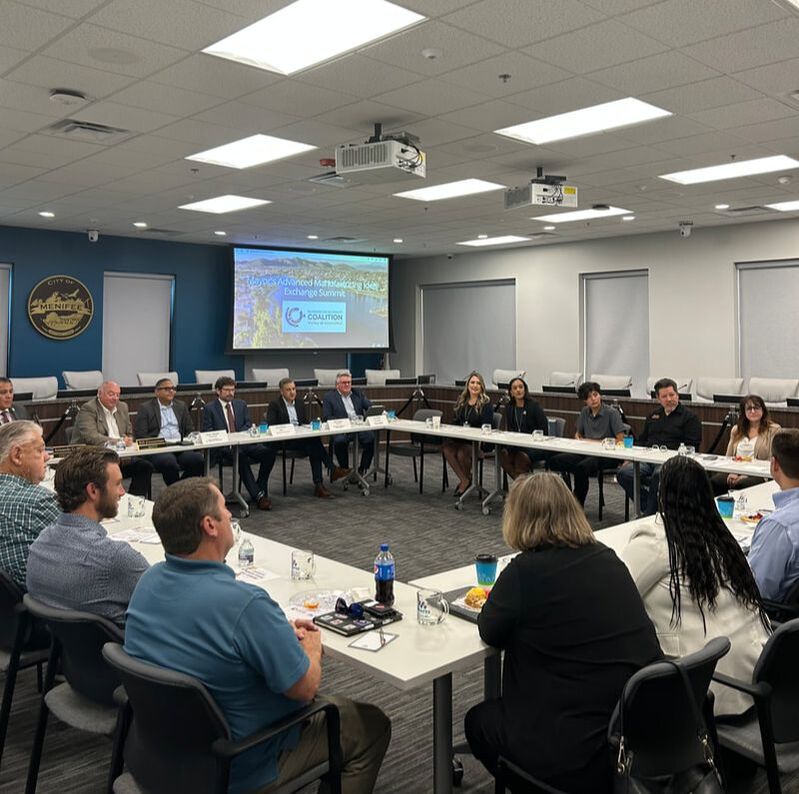









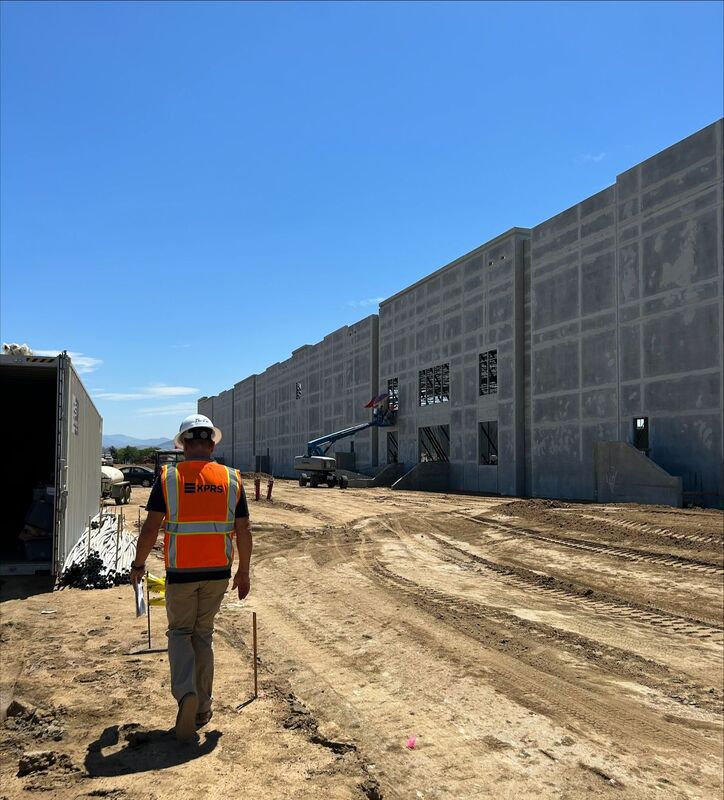


 RSS Feed
RSS Feed




